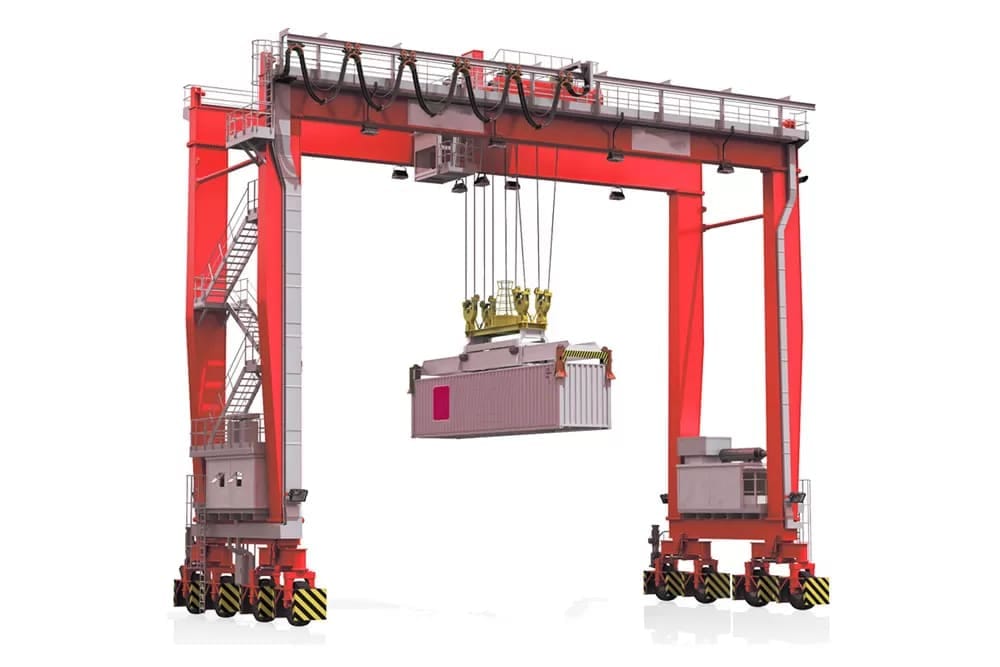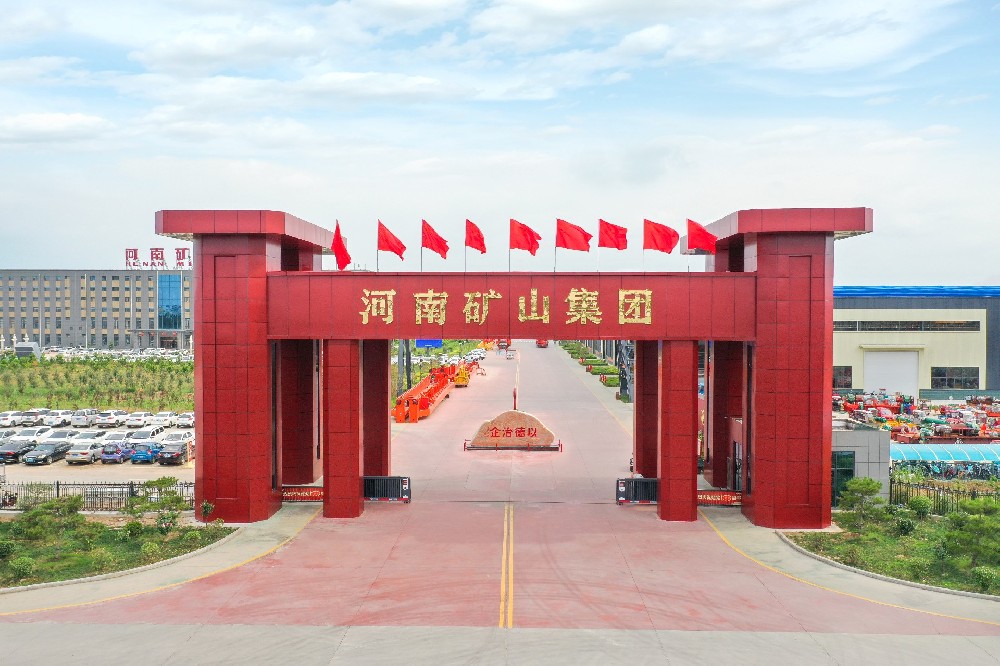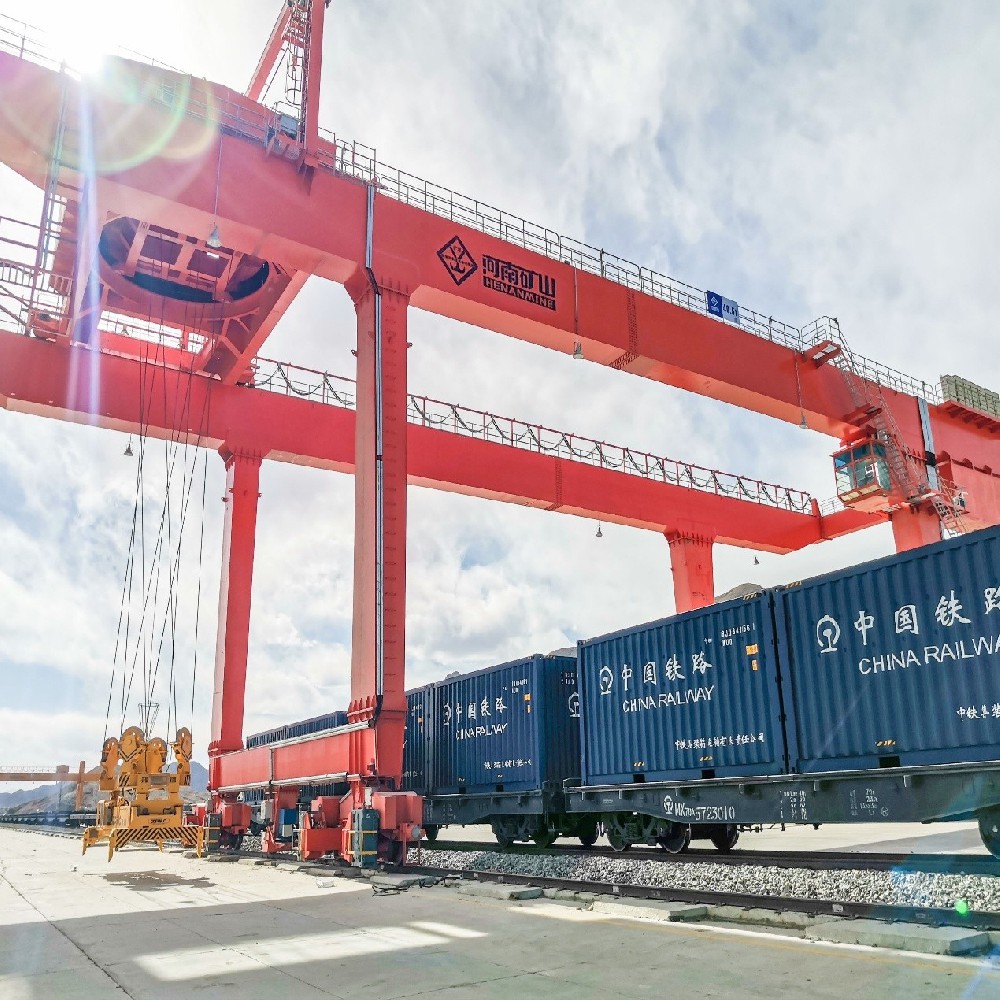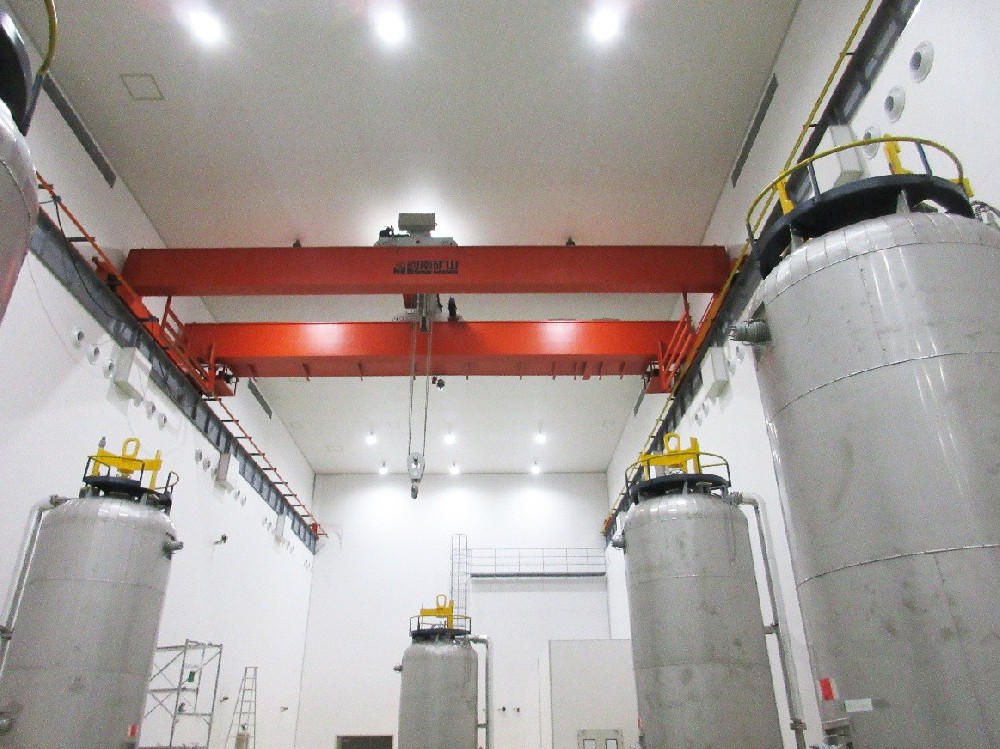- Gantry cranes and bridge cranes: a single character difference, but where does it lie?
-
Release Time:2025-08-04 17:33:23Share:
Gantry cranes and bridge cranes: a single character difference, but where does it lie?
In the industrial lifting field, gantry cranes and bridge cranes are like “twin brothers.” However, experienced practitioners know that behind this single character difference lies completely different application scenarios and performance logic. Choosing the wrong equipment not only leads to low efficiency but may also pose safety hazards. Today, I will thoroughly explain the differences between the two from six core dimensions.
1. Structural Form: Understanding the Essence Through the Presence or Absence of “Legs”
The hallmark feature of a bridge crane is its “leglessness”—the main structure consists of two main beams and end beams, resembling a ‘bridge’ spanning the workshop. It is mounted on the concrete columns or steel supports of the building via running mechanisms at both ends (i.e., “tracks above”). This design relies entirely on the factory structure for load-bearing, eliminating the need for independent support.
Gantry cranes, on the other hand, have “long legs”—the ends of the main beams are connected to ground tracks via support legs, forming a gantry frame (“tracks on the ground”). Based on the form of the support legs, they can be further classified into full gantry (dual support legs), half gantry (one side with support legs on the ground, the other side attached to a wall), and cantilever gantry (support legs extending outward in a cantilever structure). This “self-supporting” structure frees it from dependence on the factory building.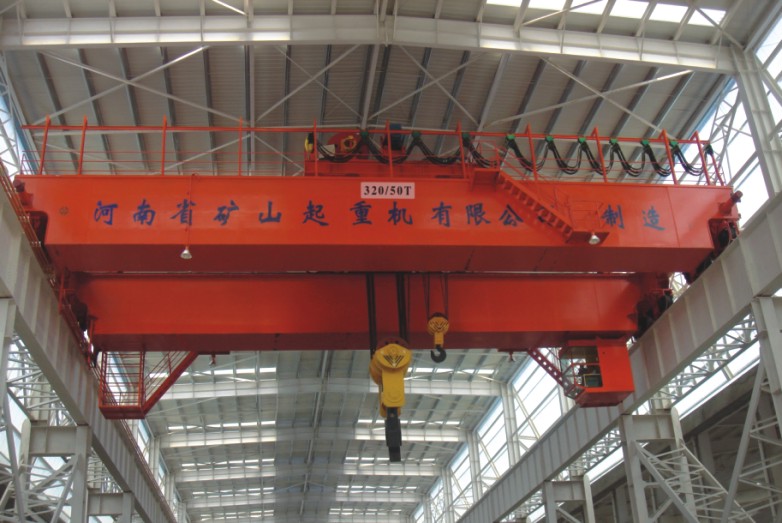
In simple terms: a bridge crane is an “accessory to the factory building,” while a gantry crane is an “independent mobile fortress.” A certain automotive parts factory mistakenly installed a bridge crane in an open-air area, resulting in main beam deformation after six months of operation due to the lack of factory building support, necessitating the replacement of the equipment at significant cost.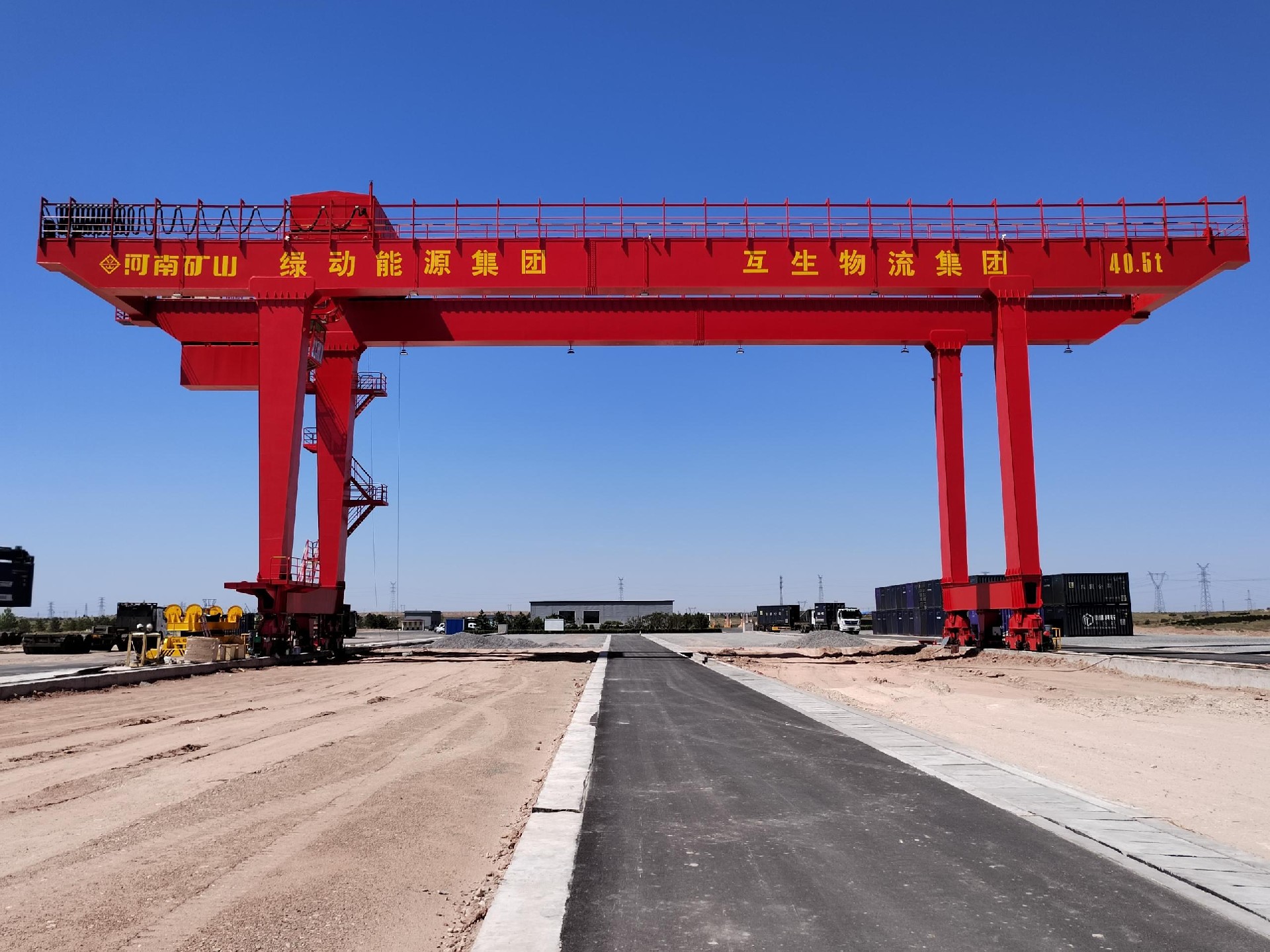
II. Operational Scope: Spatial Constraints Determine Application Scenarios
The operational scope of bridge cranes is limited by the span of the factory building, restricting them to moving back and forth between fixed tracks, much like “a beast confined within a cage.” However, their advantage lies in fully utilizing the space above the factory building without occupying ground area, making them particularly suitable for assembly line operations within workshops, such as material handling in machining and assembly lines.
Gantry cranes, on the other hand, are not constrained by factory buildings. They can operate in a straight line on fixed tracks, and some models (such as tire-mounted gantry cranes) can also perform 360-degree turns, with an operational radius covering thousands of square meters. Open areas such as port container yards, open-air cargo yards, and hydroelectric dam sites are almost the “exclusive domain” of gantry cranes.
A logistics park learned a hard lesson: initially, to save costs, they chose bridge cranes, but later found that containers stored outdoors could not be lifted, resulting in an additional investment of 2 million yuan to replace them with gantry cranes, delaying the project by nearly a month.
III. Load Capacity: From “Lightweight” to “Giant” Diversification
Bridge cranes typically have a tonnage range of 0.5 to 500 tons, primarily for medium to light loads. This is because the load-bearing capacity of factory structures is limited, and excessive loads can damage the building structure. In mechanical manufacturing workshops, bridge cranes with a capacity of 10 to 50 tons are most common, primarily used for precise operations such as loading and unloading machine tools and moving molds.
Gantry cranes, on the other hand, are synonymous with “heavy-duty” applications. Standard models can reach capacities of 50 to 1,000 tons, while custom-made versions (such as shipbuilding gantry cranes) can exceed 20,000 tons. The key lies in the ground tracks, which distribute the load, and the leg structures, which enhance load-bearing capacity by increasing span and adding counterweights. In the open-air forging area of heavy machinery factories, scenes of 200-ton gantry cranes lifting steel ingots are commonplace.
4. Installation conditions: The “stringency” of site requirements varies greatly
To install a bridge crane, a factory building that meets load-bearing standards must first be in place. The track beams must be rigidly connected to the factory building columns, and during installation, the horizontal level of the main beam must be precisely calibrated (with an error margin of no more than 1/1000), otherwise it will cause the trolley to run off-center. A certain heavy machinery factory once experienced track wear exceeding one year's normal usage within six months due to excessive horizontal deviation during installation, resulting in the crane “biting the track.”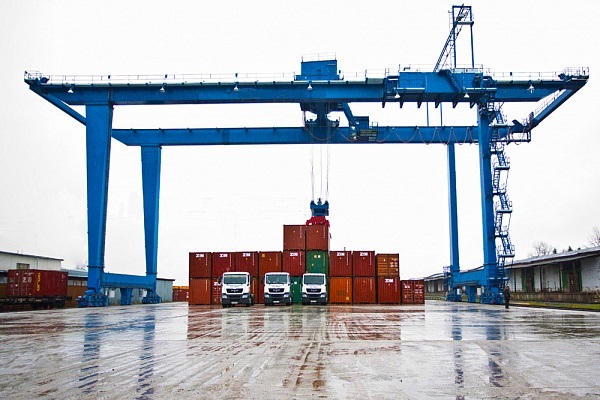
Gantry crane installation is more “down-to-earth”—only parallel tracks need to be laid on the ground, with foundation construction costs far lower than factory construction. However, it has extremely high requirements for ground flatness, with the settlement difference on both sides of the track not exceeding 5mm, otherwise it will cause uneven loading on the legs. On soft soil foundations (such as coastal yards), pile foundation reinforcement is required to prevent tilting during equipment operation.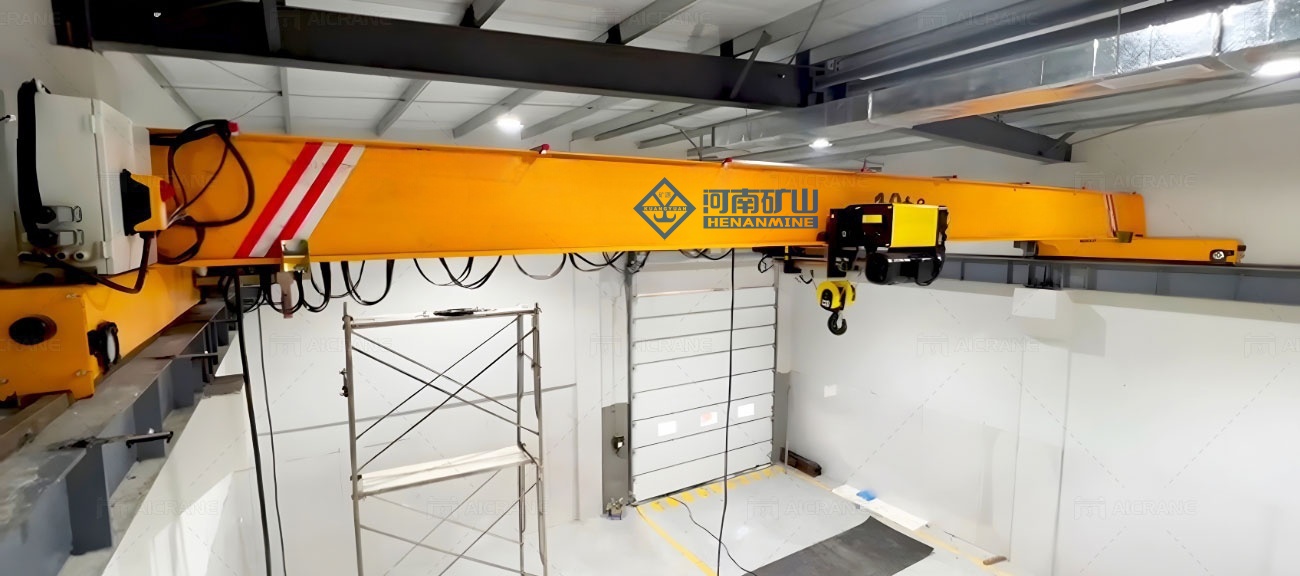
5. Movement Methods: Evolution from “Fixed Tracks” to “Flexible Steering”
Bridge cranes rely entirely on top tracks for movement, akin to “trains running on rails,” capable only of moving back and forth along straight lines, with operating speeds typically ranging from 20 to 30 m/min. However, their trolleys (hoisting trolleys) operate smoothly, with positioning accuracy as high as ±5 mm, making them suitable for precision assembly operations.
Gantry cranes offer more mobility options: in addition to conventional ground track-based systems (operating speeds of 15–40 m/min), there are tire-based systems (capable of free movement on hardened surfaces) and track-based systems (suitable for complex terrains like muddy conditions). At ports and terminals, tire-mounted gantry cranes (RTGs) can flexibly adjust their working positions to coordinate with container trucks for efficient transshipment—a capability completely beyond the reach of bridge cranes.
6. Cost and Maintenance: Long-Term “Hidden Differences”
Initial Investment: For the same tonnage, the equipment cost of bridge cranes is approximately 15%-30% lower than that of gantry cranes, but this does not account for the costs of constructing the factory building (including track beams and load-bearing columns). While gantry cranes have higher equipment costs, their foundation construction is simpler, making them more cost-effective for open-air sites.
Maintenance Costs: Bridge cranes, operating in enclosed facilities, are less affected by natural environments, resulting in longer motor and electrical component lifespans. Annual maintenance costs average approximately 2%-3% of the equipment's total price. Gantry cranes, however, are exposed to the elements year-round and require additional investments in wind, rain, and corrosion protection measures (such as anti-salt fog treatment in coastal regions), with maintenance costs reaching 5%-8%.
Calculations from a steel structure factory show that for a 100-ton-class device used over 10 years, the comprehensive cost of a bridge crane (including the factory building) is approximately 12% lower than that of a gantry crane, but this is only valid if the crane is used indoors — this once again confirms that “there is no best equipment, only the most suitable choice.”
Selection decision tree: 3 steps to lock in the correct answer
Is the work site indoor or outdoor? → Indoor sites prioritize bridge cranes, while outdoor sites must choose gantry cranes.
Does the maximum lifting capacity exceed 50 tons? → If over 50 tons, prioritize gantry cranes; for lighter loads, bridge cranes can be considered.
Is flexible adjustment of the work position required? → For fixed routes, choose bridge cranes; for multi-area operations, choose gantry cranes.
Remember: The “independence” of gantry cranes and the ‘dependence’ of bridge cranes fundamentally represent different choices in spatial utilization. Choosing correctly makes it a “powerful tool” for improving efficiency; choosing incorrectly turns it into a “cost-consuming black hole.” If you're still undecided, feel free to send us a private message with your work scenario and parameters, and “Henan Mining” can provide you with a free selection assessment report.

